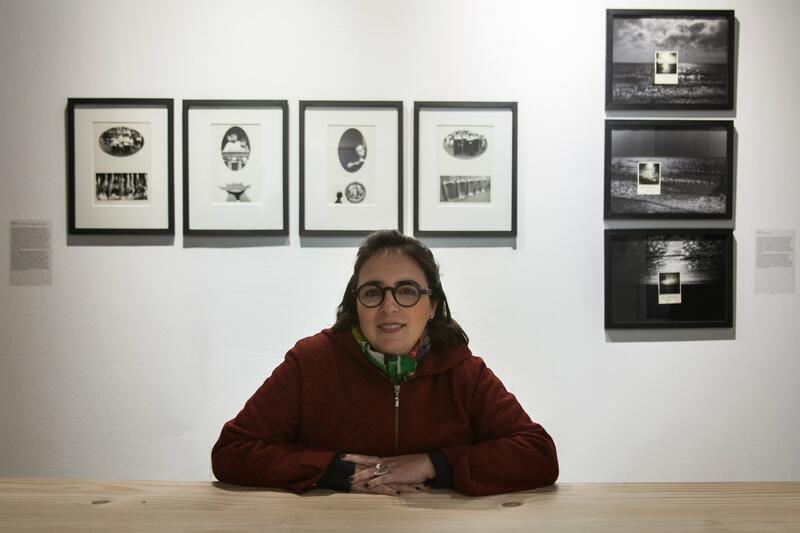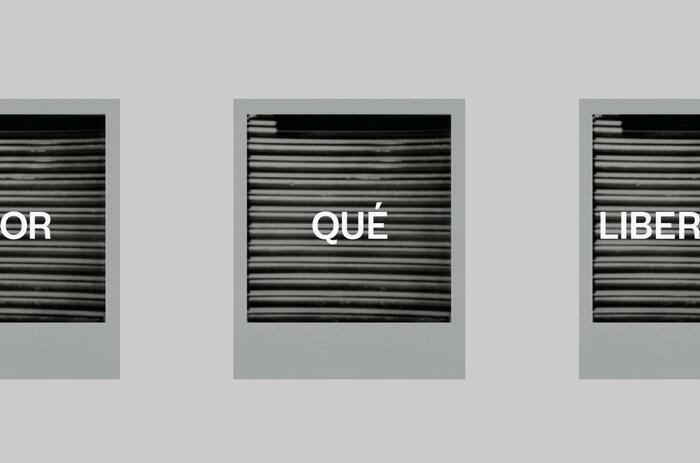CARACAS - CARMEN ARAUJO ARTE: TWO GALLERIES AND A CLEAR VISION
Carmen Araujo, director of the Carmen Araujo Arte gallery, tells us about her experience in Venezuela

In addition, she answers some questions prepared with the curator Max Hernández Calvo (Lima)
How and why did you decide to have a gallery?
I think having a gallery was not a completely planned project, I worked in the National Art Gallery of Venezuela for ten years and, due to political differences, I decided in 2004 to stop doing it; After two years of working independently, I decided with a friend to open a space to exhibit contemporary art that we called La Carnería and that we inaugurated in October 2006. La Carnicería was the beginning of everything, it was there that I realized that the space of the Gallery was ideal to continue working closely with artists and that was what I wanted to do as a career. La Carnicería closed at the end of 2009, and in 2010 Carmen Araujo Arte opened.
When you started as a gallery owner, what idea did you have of the art market?
I think that when you start out on the gallery path you don't have a clear idea of the art market. In fact, I think that particularly in this matter one does not stop learning day by day, the "art market" is a field that is constantly changing due to multiple factors, some related to aesthetic and "taste" interests, others of a contextual and geographic nature. Precisely because it is constantly changing, the "art market" requires flexibility and openness, being willing to take risks and try.
To what extent did that initial idea change compared to the reality of the gallery's day-to-day life and over the years?
If we bear in mind that my Gallery has carried out all its management throughout the complicated years of Venezuelan Chavism, I think that in relation to the "art market" the greatest challenge we have had to face has been the need to constantly review the work dynamics, exhibition and projection of the Gallery. That is, we have had to find ways to achieve a balance that would allow us, on the one hand, to find ways to promote, maintain and incentivize local collecting, understanding the vital importance of this for the gallery, and on the other, to assume the enormous effort that going abroad represents (internationalizing ourselves) with the idea of generating links with collectors, institutions and curators from other countries and contexts. This work has been complex but very rewarding, in the time that the Gallery has been open, we have done this work through art fairs and through various alliances that we have established with spaces and galleries in other countries.
What milestone would you highlight in your experience as a gallery owner?
I think that the most important thing that I can highlight as a gallery owner, and in the work of the Gallery in these years (understanding myself as a small Venezuelan businesswoman), is that of having managed to find and be part of a work team that decided to stay and work in Venezuela because, despite the complexities that we experience daily, they trust that we are contributing (or battling with) the only country that we really belong to. And this is how, from the Gallery, and as a team, we have decided to generate a "cultural project" that is dedicated to displaying the Venezuelan and Latin American visual image.
What criteria define your program as a gallery? What artists do you represent, what kind of art do you show, what kind of exhibitions do you organize, and what are the events in which you participate?
Currently the Gallery has two exhibition spaces in the city.
The first one, located in the Hacienda La Trinidad, is destined to carry out an exhibition program that is dedicated to investigating, exhibiting and showing Venezuelan and Latin American contemporary art from the pool of artists that the Gallery represents and some invited artists. The artists we represent can be located fundamentally in three aspects: those whose themes and proposals are "political" and assume the work from a contextual perspective, those who work in various ways on the geometric and abstract heritage of modern art from Latin American determinants, and those who approach the landscape from the renewed, reflective and critical gaze of our time.
The second, recently inaugurated last year, located in Las Mercedes, is intended to present photographic works that address the Latin American problem. In this second space we have set out to make known both contemporary photography, which is being done at the moment, and important works from the last century that are in many cases unknown.
READ MORE: LUIS BRITO PHOTOGRAPHY IN CARMEN ARAUJO ARTE
In the face of this global quarantine situation, what are you doing to keep your spirits up, broadcast activity, commercial activity?
When the quarantine began, the gallery work migrated and was restructured so that each team participant could work from the place of residence. From there, we have generated new plans and work projects, looking for ways to keep the Gallery active. For this we have tried to get the most out of the different digital formats that are available to everyone, such as Instagram and Facebook, with the idea of continuing to spread our content. This is an interesting job because it forces you to rethink the ways you “show” the works and the artists. E-mail has also become an important medium for working with more specialized content.
Parallel to this, we have taken advantage of the alliances that have been proposed to us to take advantage of some platforms dedicated to the spread and commercialization of art, such as Artsy. Likewise, the space provided by magazines and art fairs has also been important, as they have also had to migrate their content to the digital sphere.
What changes can this crisis generate in the functioning of the artistic scene?
I think that the great learning from this experience will be teaching us the "virtues" of digital formats, forcing us to keep them active, a task that is often neglected due to the enormous amount of work that it represents on a daily basis. Likewise, I think that we will learn to make our schemes and methodologies more flexible, we will learn to be willing to experiment with new ways of spreading and exhibiting our content.





